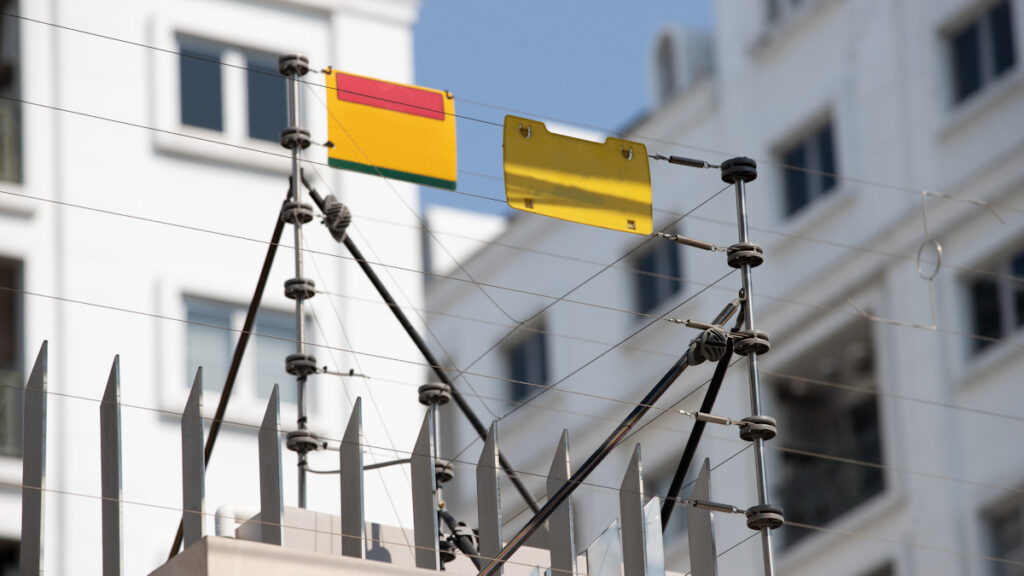Risk Management And Security Operations Perform Best In Partnership.
Risk Management And Security Operations – Risk management and security operations work best in partnership, with security procedures supported by security technology and manpower operations reducing risk.
From a practical perspective, risk management as a discipline is predicated on 5 tools and it’s well worth security installers and integrators being across them. These tools include risk avoidance, risk transfer, risk abatement, risk spreading and risk assumption. Some of these strategies benefit from thoughtful security systems and security strategies – others benefit from the recognition security cannot be provided.
Risk assumption is a strategy that accepts loss on the basis it will be so small, or so expensive to cover, that it’s better for an organisation to put funds by to cover loss than to insure, or to secure the location of risk in such a way as to make loss less likely, or only partial.
From a security perspective, the risk assumption strategy requires coverage of the asset giving situational awareness, supported by professional monitoring and with a planned rapid response.
Risk avoidance is a strategy that seeks to entirely avoid any risk. This strategy might entail not storing high value items at a low security site. Or it might involve outsourcing supply of high value items to a third party, who must bear the risk, though this strategy also opens the organisation to risk on the supply side. While risk avoidance can work, most operations entail an element of risk that cannot be avoided.

Risk abatement simply means lowering or reducing risk – security solutions and procedures can definitely play an important role in such a strategy. Risk of loss from theft or damage can be reduced by an electronic security solution that manages staff and visitor movement, that provides a real time overview of areas of risk with CCTV AI reporting of key events, and that provides a professionally monitored electronic perimeter around a site that generates a series of alarms and a response.
Risk transfer as a strategy involves use of insurance to cover risk. Obviously transferring risk to an insurance company without securing and monitoring a facility is prohibitively expensive – insurance always needs to be supported by a capable security system that’s surrounded by security procedures, is professionally monitored, and that generates an appropriate response to alarm events.
Risk spreading is the last of the 5 strategies and it involves spreading high risk across an organisation’s facilities. It goes without saying that such a strategy also demands that all an organisation’s facilities must then be provided with security procedures and security systems that meet increased risk.
It’s possible to establish a high security location within each site, or to combine elements of strategies, including spreading, abatement and avoidance, by shifting higher value, higher risk items and operations to those sites that have the lowest risk profile.
Risk Management And Security Operations
Combined with improved security solutions, this blended strategy can reduce risk and reduce insurance premiums but would still demand the lower risk site have an uprated security solution that pushes its sterile zone out to the perimeter to increase time for response.
Another point of relevance is that in a smaller regional city, security response can be much faster than it might be across a metropolitan area. Relationships with local police will also be much closer and it’s far more likely they will respond to confirmed alarm events if the secured premises is a small town’s largest employer.
Insurance rates depend on external elements like competition and government regulation – there’s little impact security people can make on such elements aside from being prepared to walk away from expensive providers while making their organisation as secure as possible.
The other driver of insurance costs is claims and that’s something security people and security end users do have control of. Given the impact of claims on insurance costs, proactive perimeter security solutions, like powered fencing, have the capacity to pay themselves off in applications simply by eliminating the risk of intrusion.
There’s another factor to consider when it comes to a balanced risk management strategy. Insurance companies are highly motivated to avoid payouts and their lawyers are likely to seek any loophole in a site’s systems or procedures through which they can steer. This makes careful system design and rigorous system maintenance doubly important.
You can learn more about risk assessment from ASIS here or read more SEN news here.
“Risk Management And Security Operations Perform Best In Partnership.”









